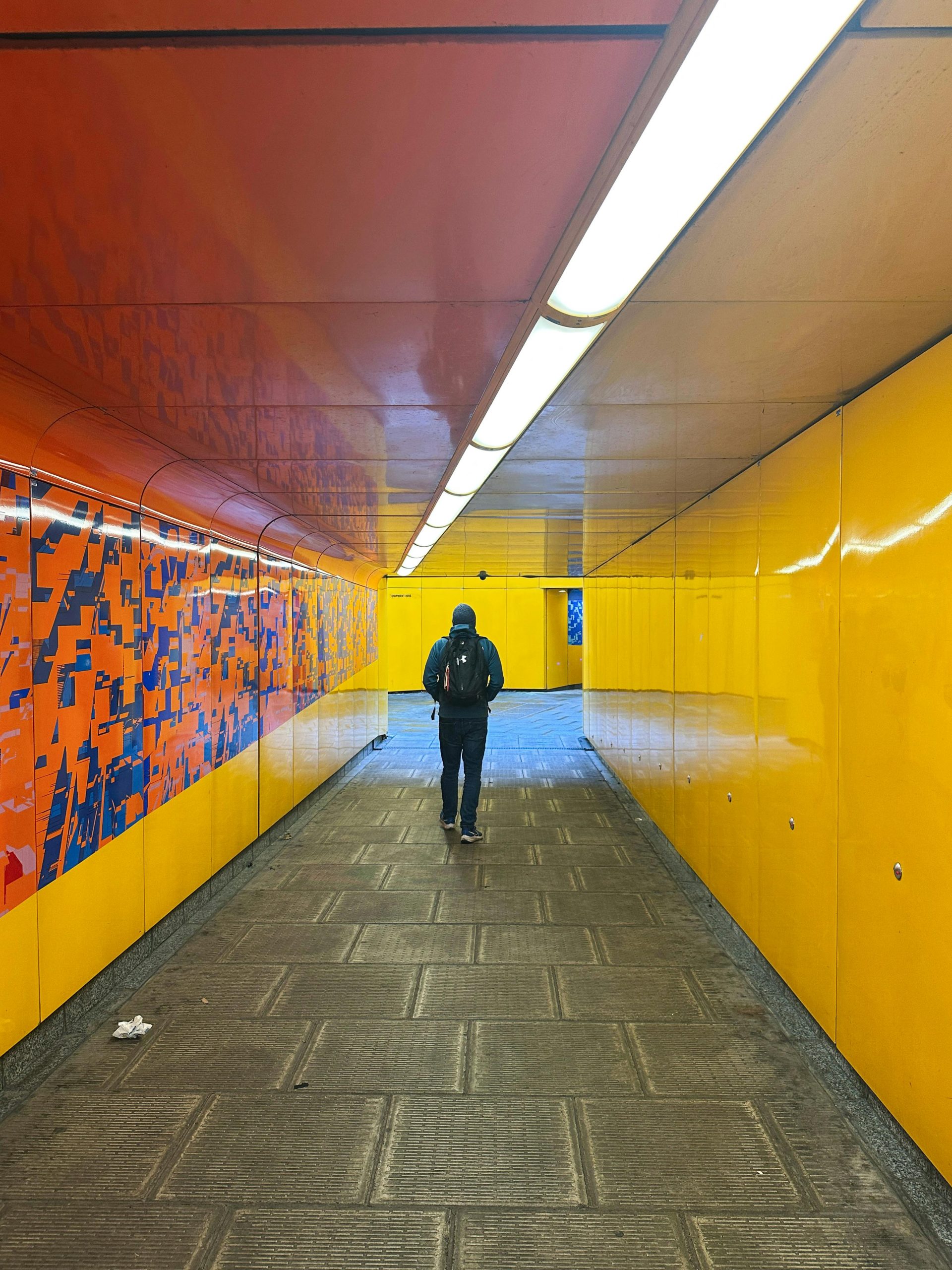Transforming Central London: Towards a Future of Comprehensive Low Traffic Neighborhoods
The current state of Central London presents significant challenges related to vehicular congestion, air quality, safety, and overall quality of life. With an increasing emphasis on sustainable urban development, essential questions arise: Should the entire core of the city be transitioned into a comprehensive Low Traffic Neighborhood (LTN) zone?
The case for expanding LTNs across Central London
Central London is densely populated and heavily trafficked, leading to adverse effects such as pollution, environmental degradation, and safety hazards. The overwhelming volume of vehicles not only contributes to air pollution but also results in traffic accidents and noise pollution that negatively impact residents and visitors alike.
Implementing LTNs and pedestrianised zones offers a viable solution—these measures significantly improve air quality by reducing vehicle emissions, encourage walking and cycling, and create safer, more inviting public spaces. Eliminating through-traffic in designated areas ensures that pedestrians and cyclists can navigate with reduced risk, fostering a healthier urban environment.
Enhancing Urban Livability and Space Utilisation
Reducing reliance on personal cars in favor of sustainable transport modes enables the expansion of pedestrian walkways and cycling infrastructure. London already sees cycling as a rapidly growing mode of transportation, recognized for its safety and environmental benefits. By prioritizing cycling and walking, the city can optimize space, decrease congestion, and improve overall urban livability.
Necessary Exceptions and Practical Considerations
While a comprehensive transition to LTNs appears beneficial, certain exemptions must be maintained. Emergency vehicles, blue badge holders, and essential service providers such as delivery personnel (preferably during off-peak hours) should retain access. Public transportation, primarily buses, could still operate efficiently without competing with private vehicles, especially if overall car traffic is minimized.
Real-world Impacts and Safety Concerns
Recent incidents underscore the urgency of addressing vehicular safety. For example, in a local neighborhood, a speeding vehicle caused a severe accident involving pedestrians and other vehicles, highlighting the dangers of urban congestion. These events serve as stark reminders of the risks associated with high traffic volumes and the importance of effective traffic management.
A call for systemic change
Why continue permitting excessive car traffic that threatens safety and quality of life? Transitioning to a cityscape where driving is restricted for most could dramatically improve urban safety, health, and economic vitality.
Economic and Community Benefits
In addition to safety improvements, pedestrian-focused urban zones tend to stimulate economic growth. Increased footfall benefits local businesses, leading to a potential boost


London Resident Perspective on Expanding LTNs in Central London
I appreciate this thoughtful discussion about the potential expansion of Low Traffic Neighborhoods (LTNs) across Central London. As a resident living in the city, I have seen firsthand how high volumes of through-traffic impact our daily lives—from air quality issues to safety concerns, especially for vulnerable pedestrians and cyclists.
While the vision of transforming the entire city core into a vast LTN may seem ambitious, it aligns with broader goals of making London a more sustainable and livable city. However, it’s crucial to consider some practical aspects:
It’s also encouraging to see the emphasis on expanding cycling infrastructure and pedestrian zones, which could significantly enhance urban safety and sustainability. Ultimately, a phased, well-managed approach—assessing impacts, gathering community input, and adjusting policies accordingly
As a London resident contemplating the future of our city, I believe a balanced approach is essential when considering the expansion of LTNs across Central London.
While the benefits of reduced congestion, improved air quality, and safer streets are compelling, it’s crucial to address potential challenges such as accessibility for all residents, delivery services, and emergency response times. Proper planning and community engagement are key to ensuring that LTNs serve everyone’s needs effectively.
Ultimately, a city that prioritizes sustainable mobility and community well-being can thrive. Achieving this may require phased implementation, ongoing evaluation, and adaptability to the diverse needs of London’s residents. It’s about creating a legacy of healthier, safer, and more accessible streets for generations to come.